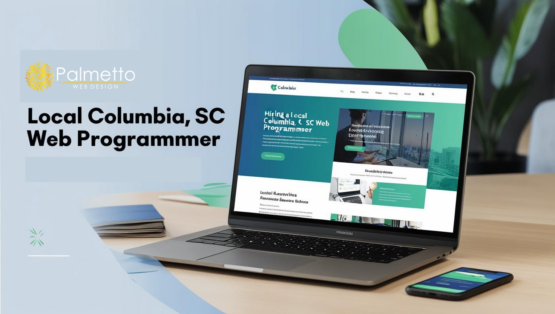2015 is about to end. Like plenty other industries, the web design industry is also wondering which trends are next in line. Speculations are in the air; some speculations (if taken seriously) give us a roadmap as to where the industry might be heading.
In this article, I’ll have a roundup of design trends, which may possibly dominate the industry a year down the line. Some trends might appear familiar to you while some others might not.
Here they are:
Lazy loading
The majority of recent design patterns point at the ongoing segregation between browser based designing and Photoshop based designing. Browser based designing can very well be handled by developers, whereas Photoshop based designing requires experience in handling Photoshop and similar tools.
Lazy loading is a developer’s game. Aka dynamic function loading, it separates the initial program and its dependent components. They don’t load at the same time. The components load only after receiving loading request.
Online users are impatient. They want pages to load in seconds. Lazy loading doesn’t keep them waiting. Some content starts to load while the loading of the whole page takes time. It’s sort of cherry-picking, and in 2016, this trend may gain traction. Sites with images and animated graphic files can benefit from it as they can show visitors one JPEG or GIF image after another.
Flexible-flat design
You’ve heard of flat design. But what is flexible-flat design? It is quasi-flat design, which aims to do away with the limitations of extreme flat design. The etymological origin of this new design trend lies in the Metro UI of Windows 8.
If you could remember, Windows 8 wasn’t successful, and Microsoft promised users to resort to the old interface in its next Windows installment. The unpopularity gained by the Metro UI was chiefly because of usability issues, which, according to users, plagued Windows 8. The semi-flat design trend does away with usability problems.
While flat design is simplistic from head to toe, semi-flat design adds a tad bit of gradients and subtle shadow effects to the icons. Basically, the semi-flat design trend brings out the nexus between simplicity and style. This design trend has already been adopted by Android and iOS, and users seem to have appreciated it.
In 2016, we may get to see lots of websites with catchy and stylish layout, which don’t look cumbersome, and offer users an unobtrusive browsing experience.
Adaptive web design (AWD)
Responsive web design (RWD) is all the rage. But that doesn’t mean there’s no room for adaptive web design (AWD). In fact, in some cases, the adaptive approach is more preferable than the responsive approach.
The only problem with the adaptive approach is it makes the designer work a lot. That’s because once you design a layout, you’d have to develop it for several viewports. However, this is hardly a problem because the website analytics is there for the designer’s rescue.
Let’s put it this way; you need to decide whether you’d develop the layout for a low-resolution, medium resolution or high-resolution viewport. The site’s analytics can tell you what kind of devices are being used to access the site. If most visitors are using low-resolution devices, then develop the layout for low resolution viewport.
Aside from that, AWD helps a designer stay posted. Since browser testing for adaptive websites is done manually, whenever a new device arrives, the designer has to manually test the maximum layout on that device’s browser. He marks the point where the resolution breaks as the tipping point.
In 2016, AWD may come up as a plausible alternative to responsive web design.
Browser prototype
Designers are acquiring coding skills. It has far-fetching implications; the day is not far when rendering prototypes in browsers will become a common practice. One troublesome aspect of sketching a prototype is there are not enough prototyping tools. The hardest part is to test a prototype with dynamic content.
Prototyping in the browser gives designers a break. They don’t have to search for prototyping tools, and they don’t have to waste time making changes in an already rendered prototype. Developing a jQuery prototype doesn’t take long, neither does overwriting pages on a browser. More importantly, clients can view the work, deliver feedback and see the changes made, all in real-time.
This trend picked up pace all through 2015, and in the next year, it might become the norm in the industry.
What do you think?
Is there any trend that we’ve forgotten to include in the list? Will the trend discussed here indeed dominate the web design industry in 2016? Let us know what do you think by leaving a comment.
Image Courtesy: i.ytimg.com




